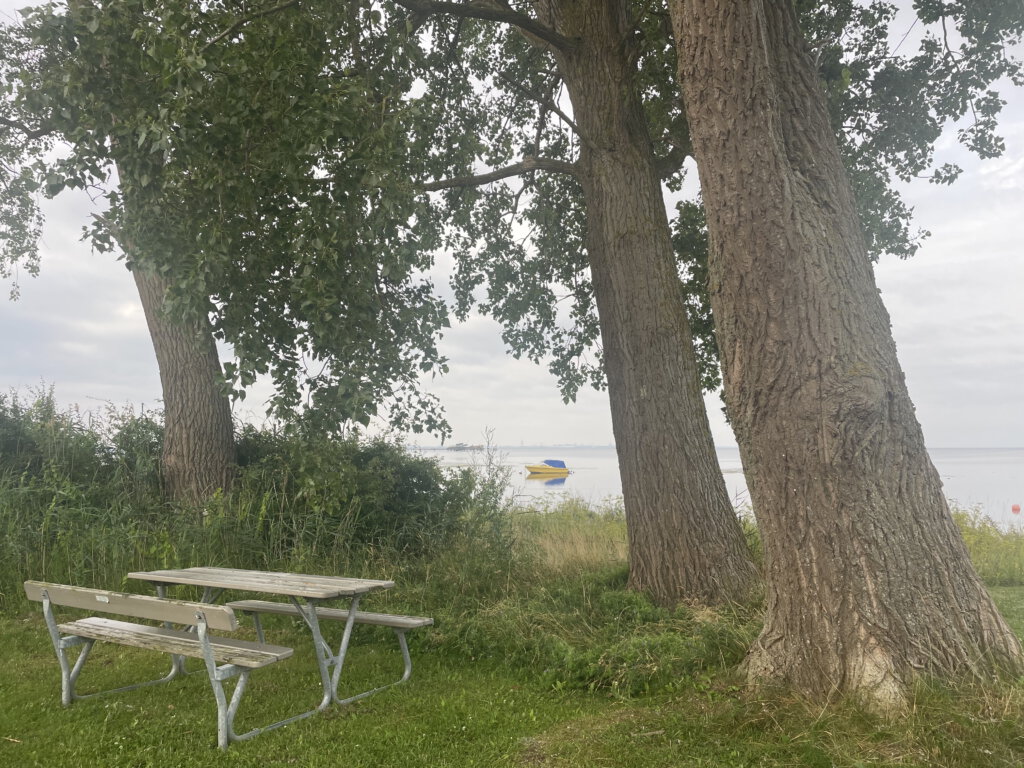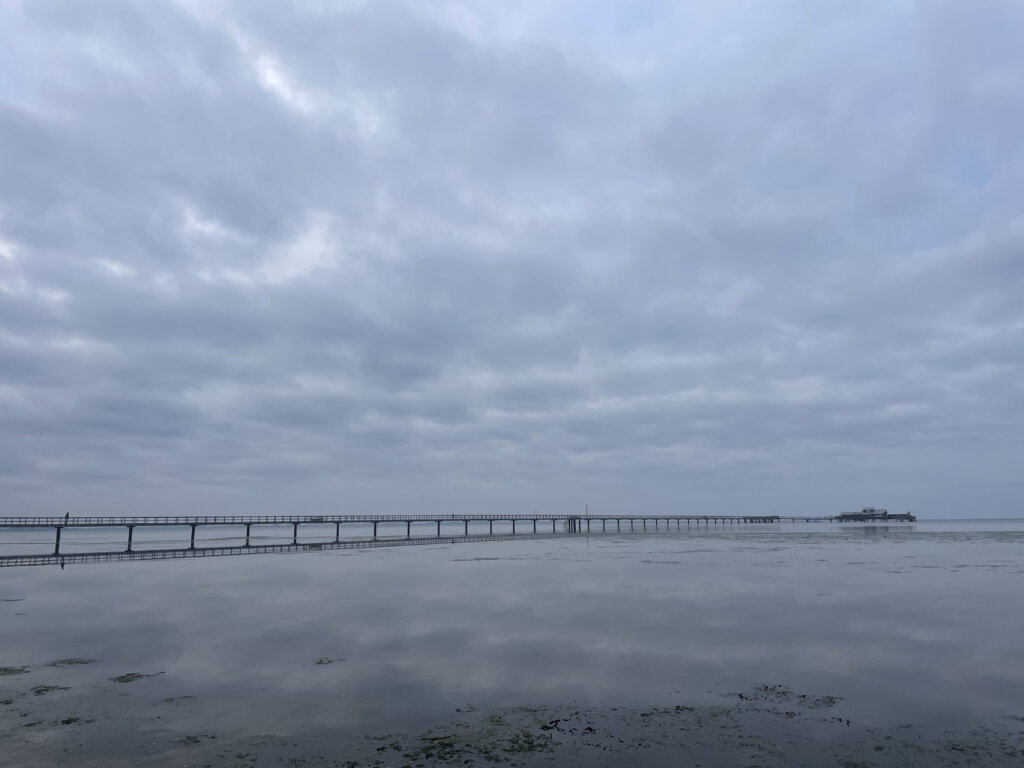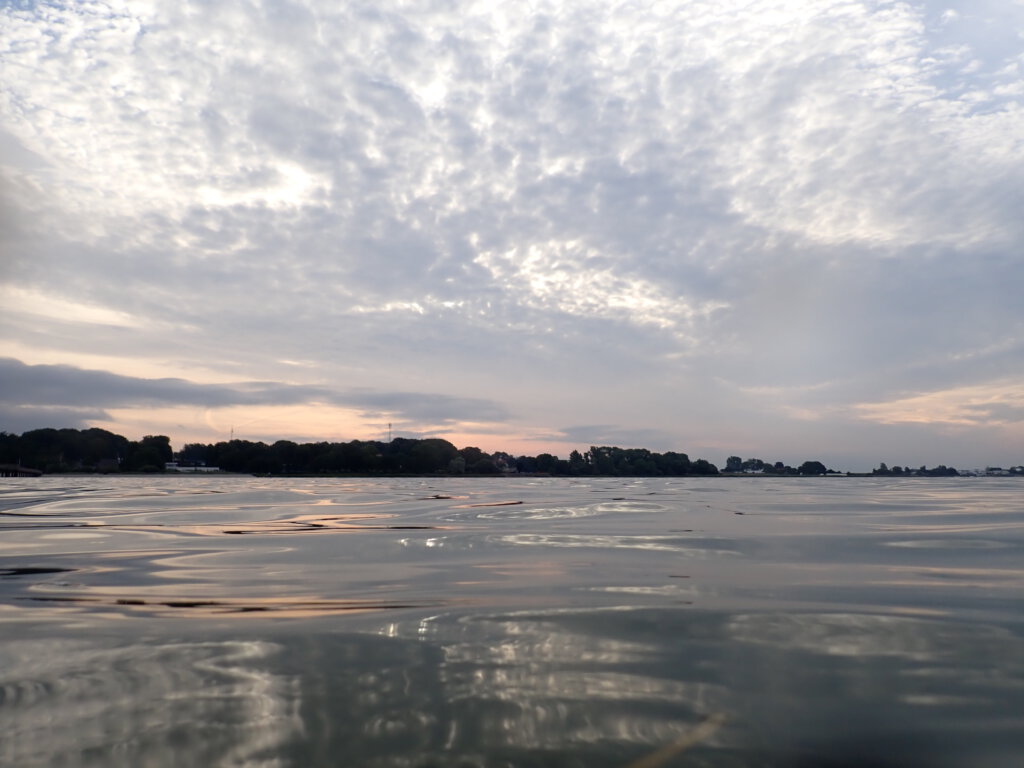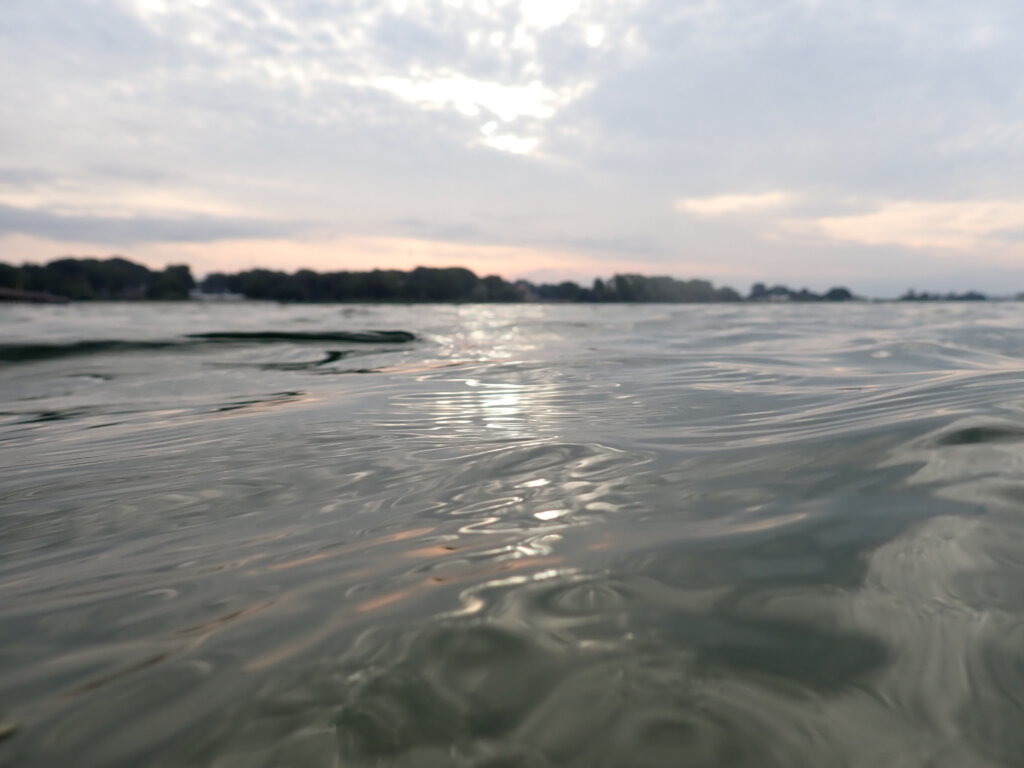
Reading up on the Scholarship of Teaching and Learning (SoTL)
In anticipation of a big thunderstorm this afternoon I started the day with a long morning dip, postponed a meeting so I don’t have to be on public transport if the thunderstorm is as bad as predicted, and now decided to read a whole folder of articles about the Scholarship of Teaching and Learning (SoTL) that I have been collecting over time. So here we go!
Let’s start with a classic:
Felten (2013)’s “Principles of good practice in SoTL”
Felten (2013) frames SoTL in the US (in contrast to in Austalia or the UK) as “classroom-oriented, rather than theory- or hypothesis-driven“. SoTL is also often published outside of the traditional journals, and traditional measures of research quality are not an appropriate measure of SoTL quality. So what makes good SoTL? Felten suggests 5 principles:
- Inquiry focused on student learning: This can be disciplinary knowledge and skill development as well as development of attitudes and habits or how the teacher influences all of these
- Grounded in context: Context is both what is known about how learning works in general, in the discipline, and the context in which the study is conducted.
- Methodologically sound: This does not mean that SoTL should only use specific methods, but that whatever methods are used are used with intention and rigour
- Conducted in partnership with students: In SoTL, we are doing research on people, so there are requirements of both legal and ethical nature for how to do that. But partnership can go much further to include students in defining research questions and partnering with them throughout the whole process of choosing methods, collecting and interpreting data, sharing results
- Appropriately public: This is important so that the work can be a) critiqued by others (and so develop further), and b) used by others in their contexts (where, of course, it needs to be adapted to those contexts…)
So there we have it, love it when there are clear guidelines!
Kahn et al. (2013) “The scholarship of teaching and learning as collaborative working: A case study in shared practice and collective purpose”
Kahn et al. argue (in 2013) that SoTL has not reached mainstream yet and is often misunderstood, and propose “an approach to SoTL that is grounded in shared practice and inquiry“, stating “[w]e suggest that realignment around collaborative working on substantive academic tasks is possible, and essential if SoTL is to enter the mainstream.”
They present a case study, using the CDIO (Conceive-Design-Implement-Operate) initiative, which is an international organisation of engineering schools that try to improve teaching through a network of teachers and educational researchers that meets regularly to learn together. This article doesn’t help me so much with the questions I am pondering regarding SoTL right now, but it definitely gave me some interesting insights into how CDIO is operating!
Perini (2014) “Enhancing collaboration through the scholarship of teaching and learning”
This is a call for librarians and others to embrace SoTL, and while nice to read, really not what I expected from the title or what I need right now.
Healey et al. (2019) “Writing Scholarship of Teaching and Learning Articles for Peer-Reviewed Journals”
This article is what I was looking for! It is a really helpful guide for academics to get into SoTL. The first thing I loved about it is that they acknowledge that there is also a lot of identity work that comes with dipping one’s toes into a new field, body of literature, type of questions to investigate. Writing a SoTL article means writing in a different, probably much more personal style than many teachers are used to, and they need to find their voice.
They suggest to explore three questions to support this:
- How can you use writing in SoTL?
- What opportunities does SoTL writing afford you?
- How might you embrace the potential of SoTL writing?
These three questions are also helpful when thinking about the values that go into our SoTL. They offer a box with more refined reflection questions, and one that particularly stood out to me is “How might you embrace the potential of writing about teaching and learning to acknowledge, affirm, and constructively critique rather than attack or undermine; illuminate and expand, rather than obscure or diminish?” This reminded me so much of the ideal of generous scholarship that I aspire to, but not always live up to… So always a good reminder!
Healy et al. (2019) discuss explicitly four types of SoTL articles:
- empirical research articles, which are similar to “typical” research articles in STEM. IMRaD style works well, there is some kind of data being collected and analysed, and typically there are conclusions or recommendations in the end
- conceptual articles, where existing literature, theories, concepts are explored and discussed, usually not IMRaD style
- reflective essays are unfinished, first-person narratives of experiences and lessons learnt from them so far
- opinion pieces are written with the purpose of convincing someone of something, and while they should be anchored in literature and ongoing discussions in the field, they can be written in any way someone deems convincing
When it comes to writing a SoTL article, Healy et al. (2019) offer a super helpful “heuristic framework of guiding questions to support planning, revising, and refining of an empirical research article for SoTL-focused publication” (their text box 4) that one could copy into a fresh new document and then write the whole thing, just following their questions, and then similar things for the other three types of articles. How did I not know about this until now???
They continue with lots of other practical tips on the writing process, how to pick a journal, and the importance of the title (case in point: The articles I write about above that were super interesting in themselves, but totally not what I was looking for). And then they have another really useful set of questions to structure an abstract!
So, to sum it up, this is really the article I have been looking for without knowing that it exists.
And now on to the last one for this morning:
Happel & Song (2020) “Facilitators and Barriers to Engagement and Effective SoTL Research Collaborations in Faculty Learning Communities”
This article is also one that I feel like I have been looking for. Here, Happel & Song (2020) find many of the things that our preliminary interpretations of a new dataset also show: That motivations to participate in SoTL projects are diverse and range from benefits of building a CV through SoTL publications, over improving teaching in both abstract and concrete ways, to a research interest. Or as they write, they “identified two primary contributors to engagement in collaborative SoTL research: (1) the belief that investment in improving teaching is worthwhile, and (2) the motivation to increase scholarly productivity and develop research skills.” They find that having institutional support increases motivation to participate, as does alignment with an institutional mission, and alignment with tenure and promotion criteria. Having tangible outputs, like published articles, makes it then easier to “sell” SoTL as productive scholarship and to justify spending time on it as a means to improve teaching since there are synergies.
They also find that the team dimension is really important, so suggest making sure that groups agree on goals and norms early on, possibly facilitated by an academic developer.
And that’s it for now, happy lunch break everyone! :)
Felten, P. (2013). Principles of good practice in SoTL. Teaching and learning inquiry, 1(1), 121-125.
Happel, C. A. C., & Song, X. (2020). Facilitators and Barriers to Engagement and Effective SoTL Research Collaborations in Faculty Learning Communities. Teaching & Learning Inquiry, 8(2), 53-72.
Healey, M., Matthews, K. E., & Cook-Sather, A. (2019). Writing Scholarship of Teaching and Learning Articles for Peer-Reviewed Journals. Teaching & Learning Inquiry, 7(2), 28-50.
Kahn, P., Goodhew, P., Murphy, M., & Walsh, L. (2013). The scholarship of teaching and learning as collaborative working: A case study in shared practice and collective purpose. Higher Education Research & Development, 32(6), 901-914.
Perini, M. (2014). Enhancing collaboration through the scholarship of teaching and learning. Collaborative Librarianship, 6(1), 8.
But let’s get to the interesting part of this post: Pictures of water!
First: I kinda like that bench in the new spot. It’s interesting to see how it gives a lot more cosy vibes now than when it was out on the open lawn! But it has been so hot recently that clearly someone preferred it in the shade.
Calm morning before the thunderstorm… If it comes, that is. But in any case, it is already a lot more windy now at the time of writing this!
And I love the light today! In combination with the almost oily-looking water surface, the colour contrasts of the dark coastline, the pink in the sky, the light clouds, and all reflected in the sea are so beautiful!
It just makes me so happy to look at the water surface.
I know all these pictures look aaaalmost the same, but above the focus is on the coastline, and below it is on the capillary waves on the right. Even though the water looks so smooth, there are still tons of waves at all kinds of different wave lengths here!





Reading about going public with SoTL - Adventures in Oceanography and Teaching says:
[…] Friberg (2023) then connect the “knowledge translation” framework from healthcare to Felten (2013)’s principles of good SoTL practice. The knowledge translation cycle has two main components, creation of knowledge and use of […]